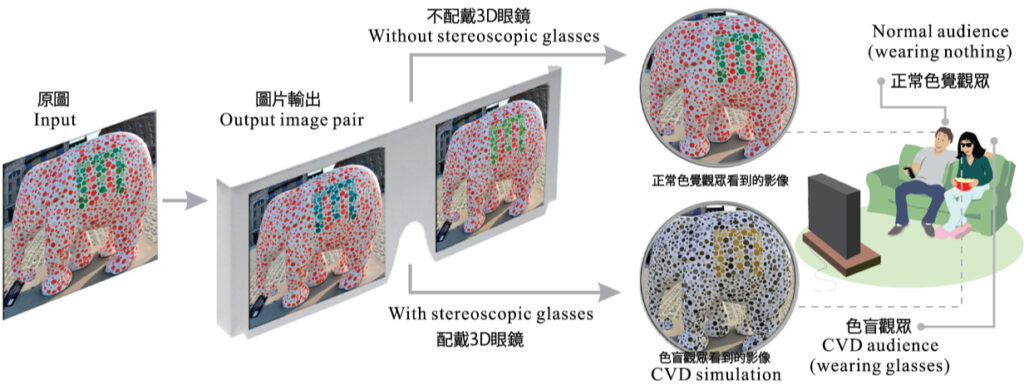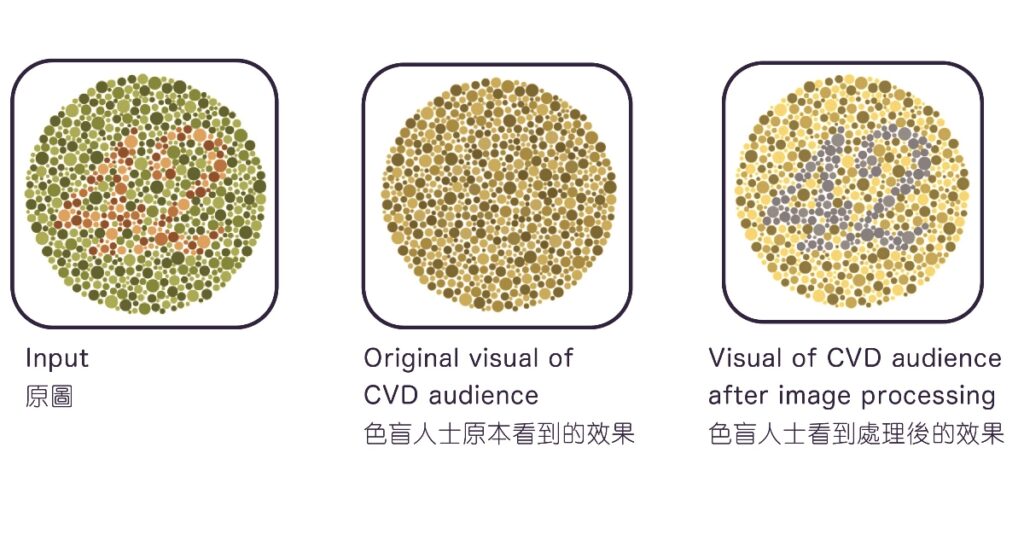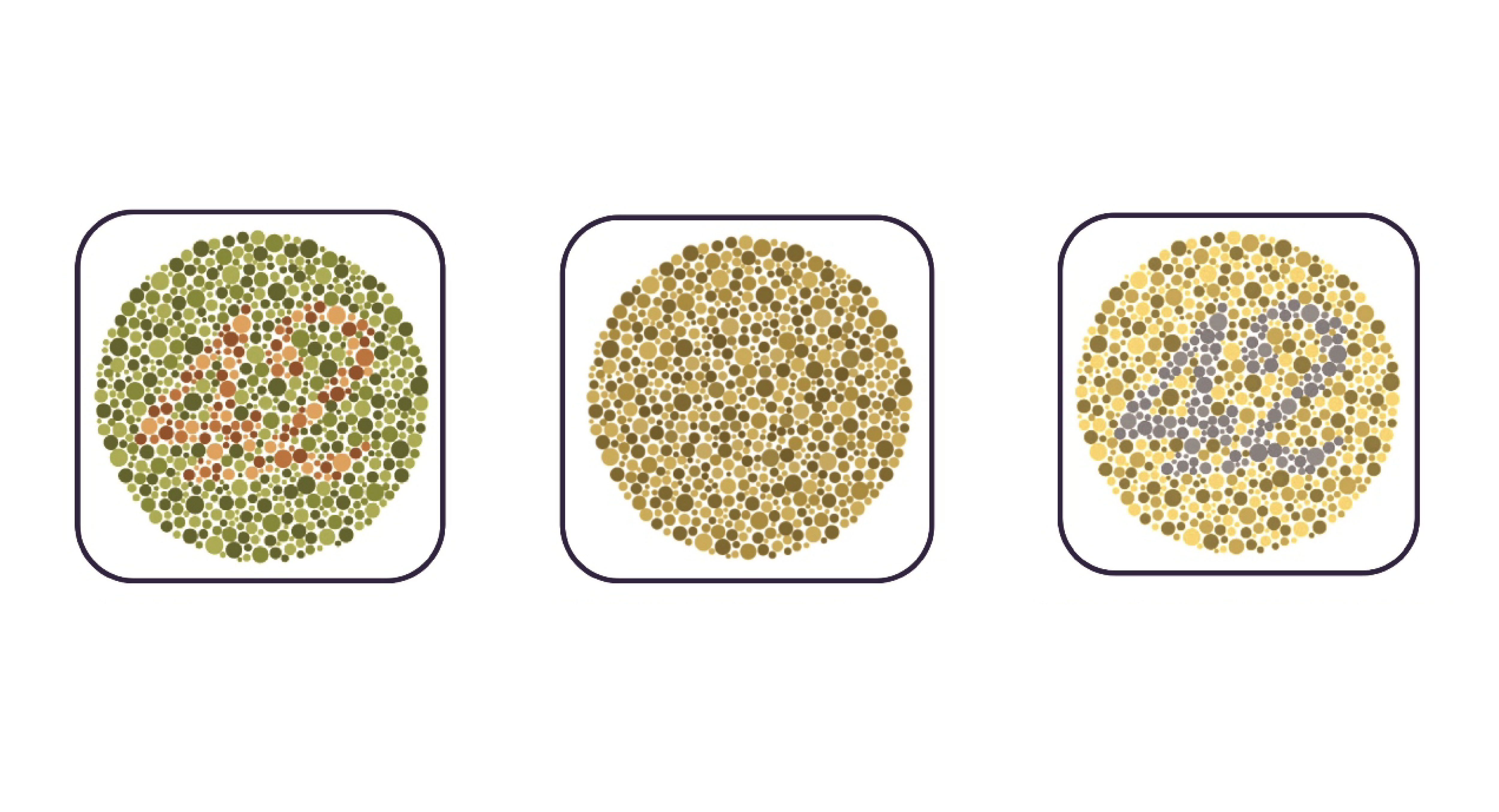Abstract:
Approximately 250 million people suffer from color vision deficiency (CVD). They can hardly share the same visual content with normal-vision audiences. We propose the first system that allows CVD and normal-vision audiences to share the same visual content simultaneously. In the same time, we develop an app for the CVD to enhance color in their daily life.
The key that we can achieve visual sharing is because the ordinary stereoscopic display (non-autostereoscopic ones) offers users two visual experiences (with and without wearing stereoscopic glasses). By allocating one experience to CVD audiences and one to normal-vision audiences, we allow them to share.
The core problem is to synthesize an image pair, that when they are presented binocularly, CVD audiences can distinguish the originally indistinguishable colors; and when it is in monocular presentation, normal-vision audiences cannot distinguish its difference from the original image.
We solve the image-pair recoloring problem by optimizing an objective function that minimizes the color deviation for normal-vision audiences, and maximizes the color distinguishability and binocular fusibility for CVD audiences. Our method is extensively evaluated via multiple quantitative experiments and user studies. Convincing results are obtained in all our test cases. We also develop an app using related technology.
Problem to be solved:
Help the colorblind people to distinguish colors.
Applications:
Help colorblind people to communicate with normal vision people about color information on digital screens, e.t. home TV, movie theater, mobile screens.
Target Users:
Around 250,000,000 colorblind people all over the world,Digital Game Development Companies, Digital Screen Manufacturer, Motion Picture Companies.


Uniqueness and Competitive Advantages:
Existing methods help colorblind people people to distinguish colors via changing the original colors, which are not practical in sharing scenario.
We are the first to help colorblind people distinguish colors, without effect the visual experience of normal vision people.
